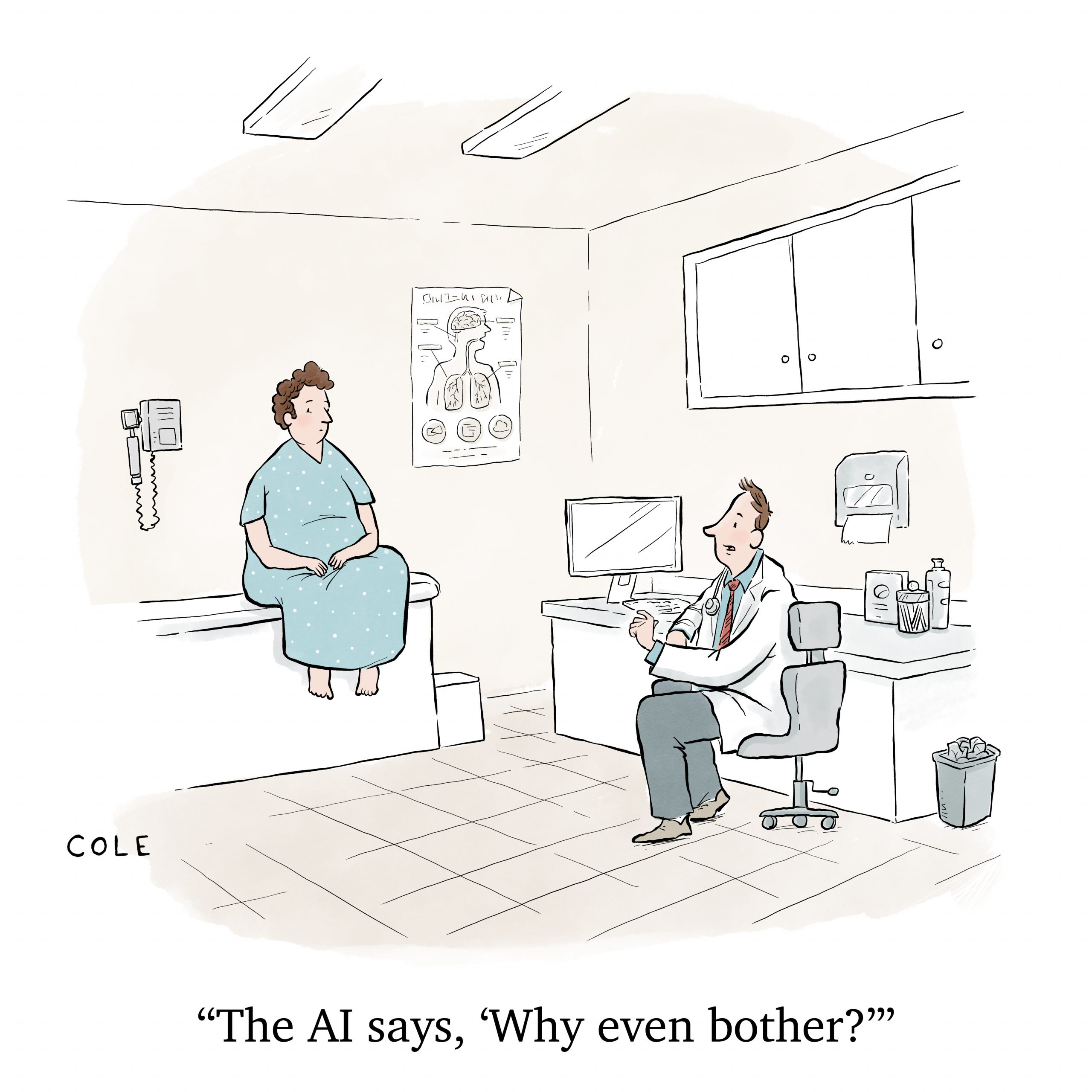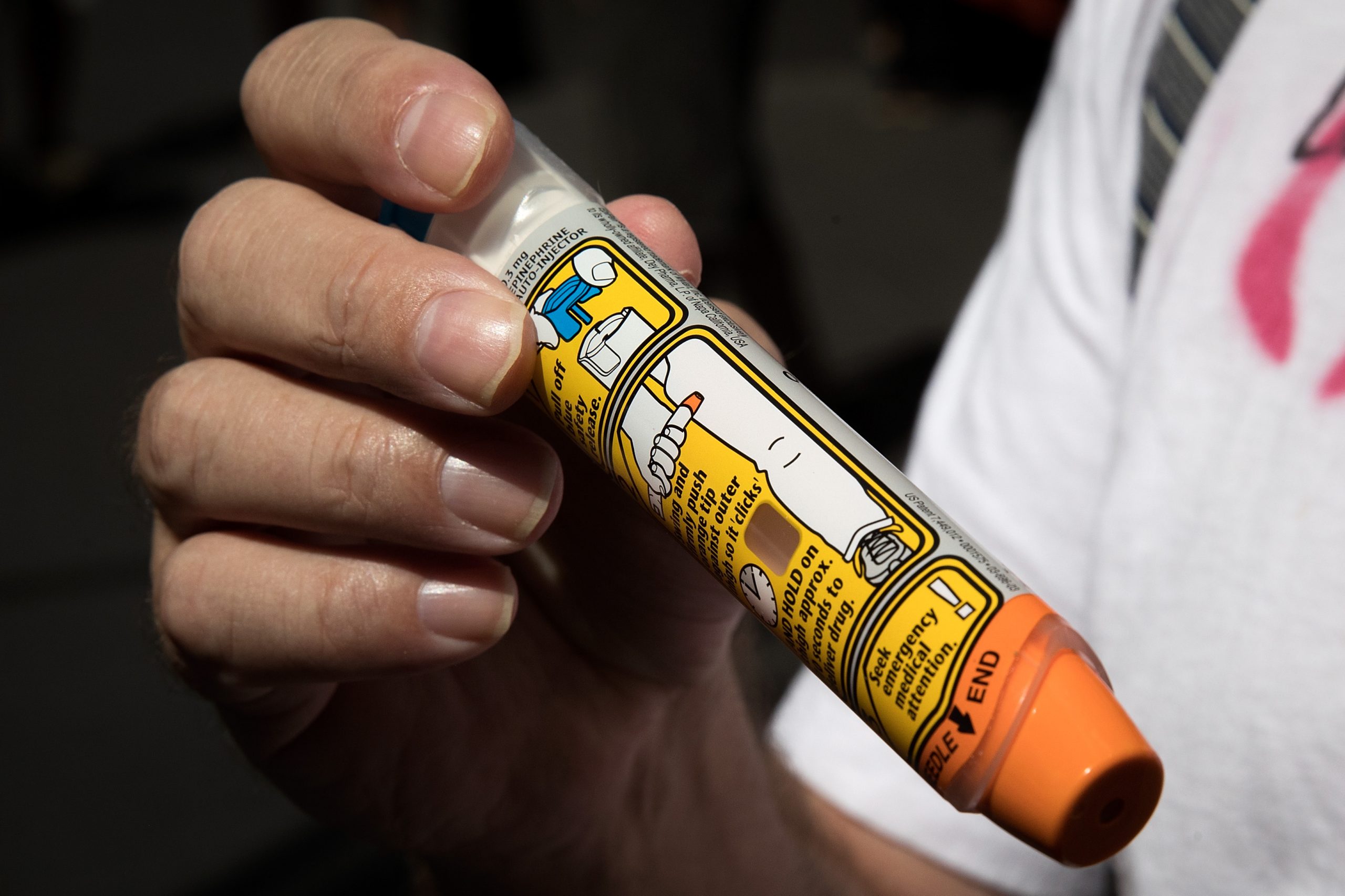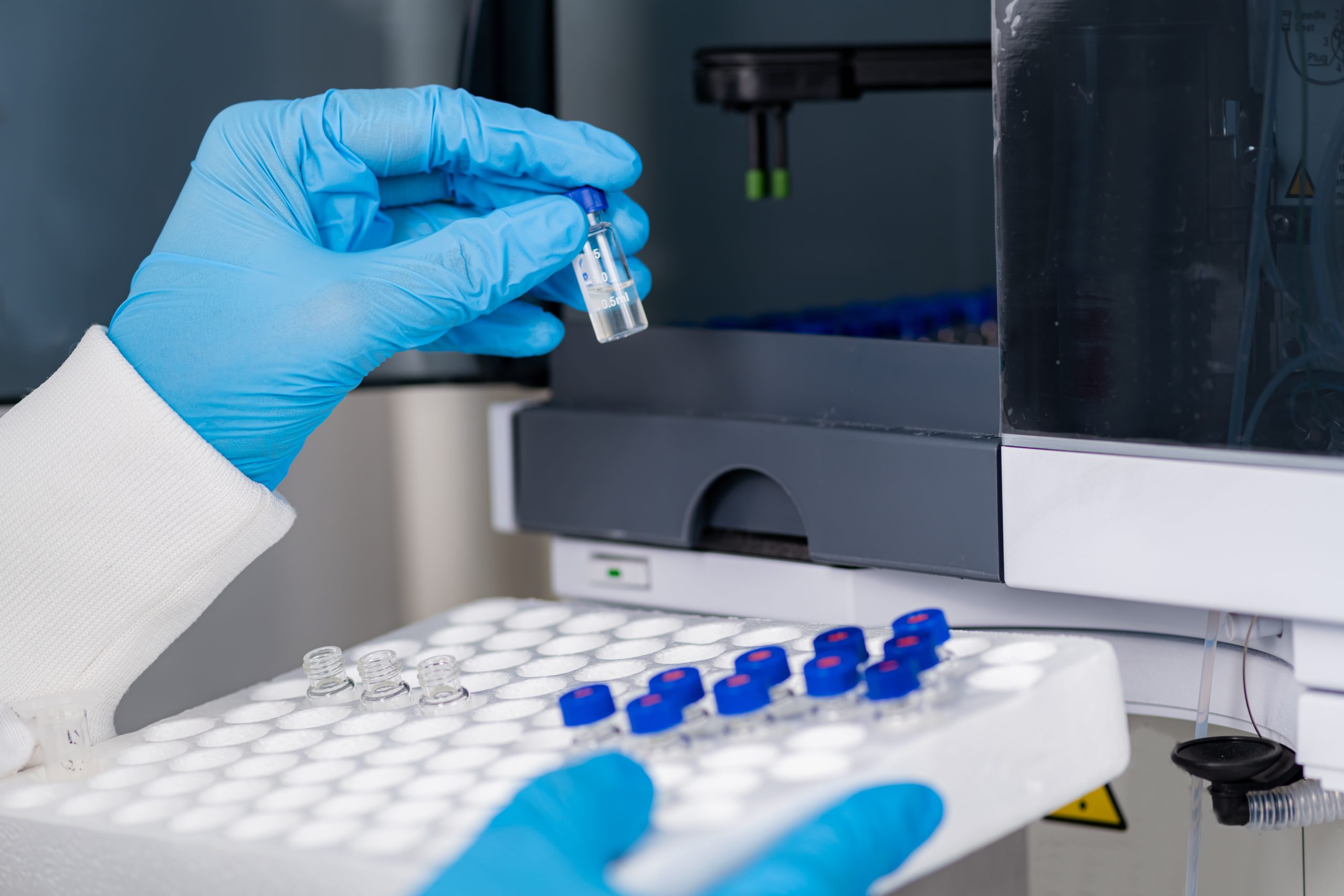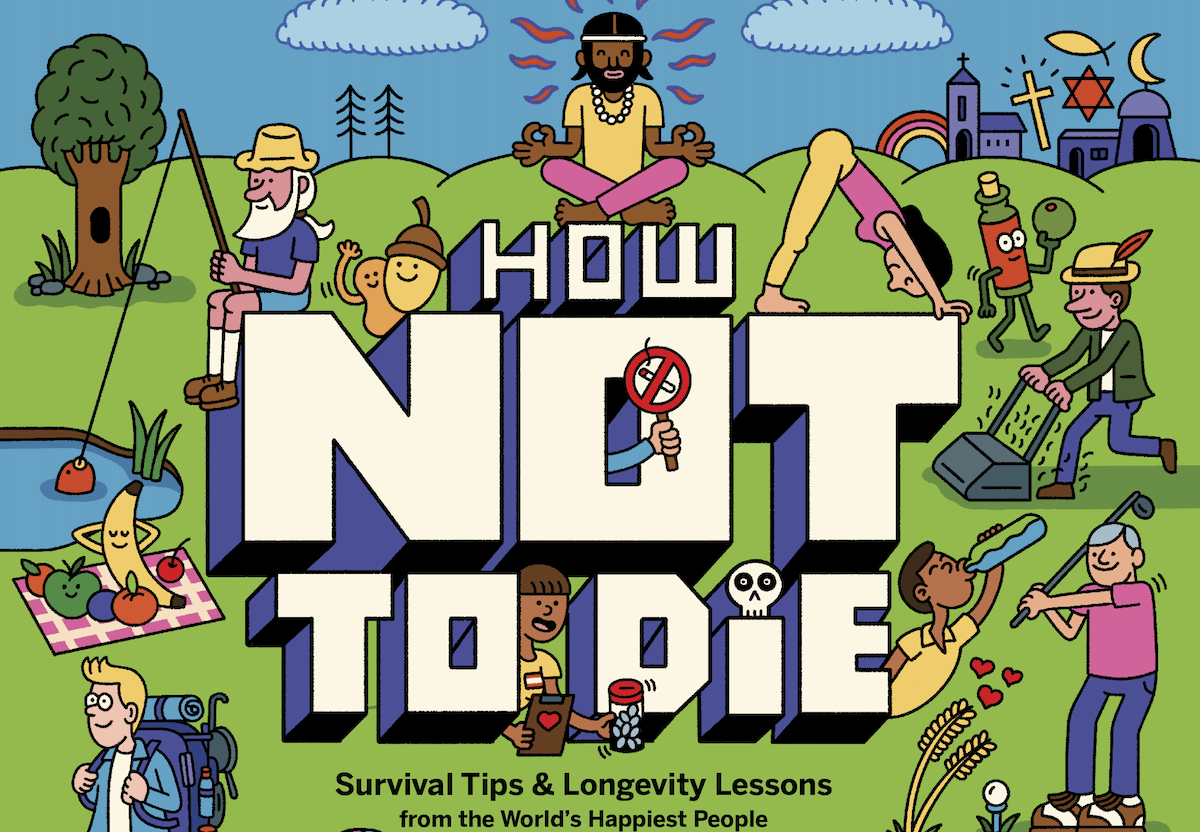Living Well Beyond 100 Years
The means for living a millennium seem within reach, says a pioneer of radical approaches to good health.
The first people to live for a thousand years may already have been born, according to English biomedical gerontologist Aubrey de Grey. They’ll thrive for a millennium, he maintains, because scientists are developing medical advances will that maintain and repair the human body like a well-tuned Italian supercar.
It’s a startling message de Grey’s been delivering for more than 20 years in books, articles and lectures. He’s also labored to make the idea a reality, serving as chief science officer of the SENS Research Foundation he helped found more than a decade ago in California.
SENS stands for Strategies for Engineered Negligible Senescence—an acronym that succinctly describes the foundation’s work and de Grey’s vision. He maintains that “rejuvenation medicine” will soon make aging human organs function the way they did in the prime of life.
Repair or replace
Rejuvenation procedures will recondition the body at the cellular and molecular levels, de Grey tells Luckbox. The therapies will become increasingly refined. In the early days, they’ll begin broadly with arduous and invasive surgery to replace aging organs with new ones grown in a laboratory. They will quickly advance to repairing organs in place with injections of stem-cell therapies and engineered DNA. Eventually, orally administered medicine will repair organs so easily that there’ll be no need for a hospital stay.
For most patients, the therapies would get underway during middle age—before their systems have slid into serious decline. Just the same, sicker patients could also benefit from the procedures, de Grey notes. Either way, most patients will undergo a total overall.
“This medicine needs to be comprehensive—it will be very much a divide and conquer approach where a lot of different things get done to the same people at the same time,” de Grey says. “The overall impact will be to postpone the age at which people get sick and therefore, as a side effect, to postpone the age at which people die.”
When? Soon.
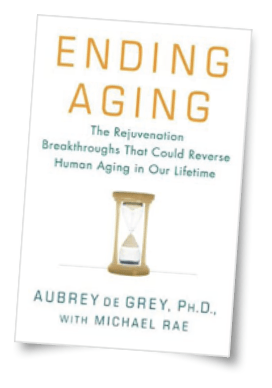
The transformation to rejuvenation medicine is already occurring, in de Grey’s view. Within five years, enough evidence will emerge to convince even the skeptics that refurbishing the body is on the horizon. Within 20 years, there’s a 50-50 chance that materials and techniques will be widely available to reverse the health problems associated with aging, he estimates.
That doesn’t leave much time for the medical profession and society as whole to prepare for literally life-altering change. Hospitals have to reconfigure facilities and healthcare personnel need training. Families will have to re-think insurance, inheritance and living situations.
Fundamental change
To ease the transition, everyone involved can put aside the notion of “longevity” and concentrate instead on improving health. The first term engenders doubts ranging from fear of centuries of frailty to the specter of dictators who refuse to die, de Grey notes. People don’t want to deal with the philosophical implications of an unlimited lifespan, but most display unbridled enthusiasm for eradicating disease, decline, weakness and pain.
The healthcare costs of the new era should not present significant hurdles. Administering the new therapies will cost significantly less than caring for an increasingly large proportion of the population that has reached its dotage. “It would be economically suicidal for any country, however capitalist, not to do this,” de Grey says. “So, I am absolutely certain that these therapies will be universally available.”
Culturally, societies will have plenty of time to adjust to the idea and the reality of a generation of individuals who give new meaning to the term “millennials.” As de Grey says: “We’re definitely not going to see any thousand-year-old people for at least another 900 years, whatever happens.”

